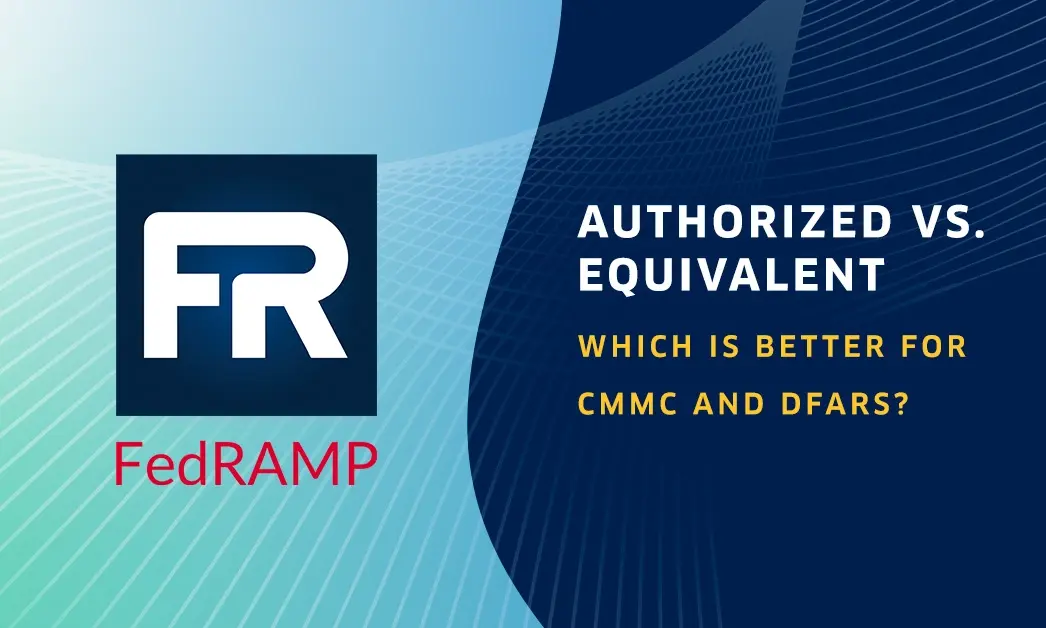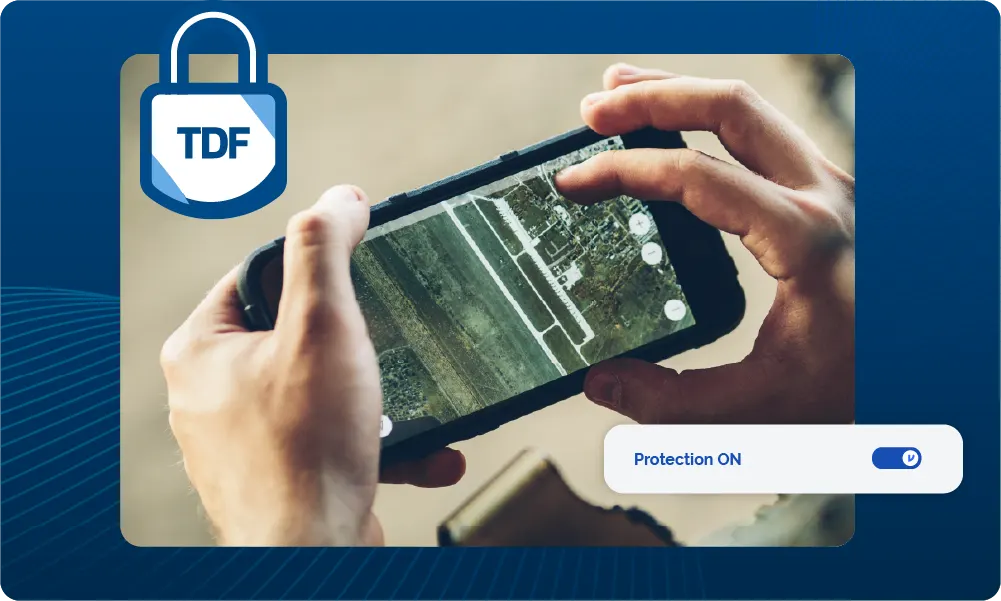4 Things About Encryption Technology You May Not Have Known

Small businesses, rapidly-growing organizations, and enterprises alike rely on encryption to protect user data, proprietary information, sensitive internal communications, and more. In fact, you’re probably already using a form of encryption without realizing it to read this blog post. See that little lock icon in the URL? It indicates that the connection between your browser and the web server is secured with encryption. This type of connection is designed to prevent anyone from reading or modifying the data you exchange with the website.
When it comes to sharing data internally or with business partners or customers, an additional layer of security—end-to-end email and file encryption—is needed to protect your sensitive business data. If finding the right encryption solutions feels like a daunting task, keep reading for a breakdown of what you need to know about the technology, and what to look for when selecting the right solution for your business.
What is encryption?
Encryption is simply the process of encoding data so that only those with authorized access can read it. Let’s say you use encryption to secure your email messages and attachments. If an intruder somehow hacks into your email server and retrieves those messages, that thief would end up with nothing but pages of gibberish. In order to decode an encrypted email, document, server, or another device, you need to have the key.
When implemented effectively, encryption helps keep data safe, while still allowing authorized users to access it as needed. However, different types of encryption accomplish different levels of privacy and ease of use, protecting either the data itself or the platform through which the data is shared.
4 Things about encryption technology you may not have known
There are two main types of encryption: symmetric and asymmetric.
Symmetric key encryption uses the same key for encryption and decryption. For example, take a password-protected PDF. First, the creator of the PDF uses a passcode to secure the document. Then, authorized recipients use the same passcode to view the PDF in plain text form. Symmetric encryption can be a viable data protection option for its relative efficiency and simplicity, but it may not always be practical, especially for large scale deployments where complexities associated with key management and exchange can pose security risks and deployment challenges.
Asymmetric encryption addresses some of these concerns. Asymmetric encryption uses two mathematically-linked keys: one to encrypt data and one to decrypt it. It’s often referred to as public-key encryption because the people who use it make the encryption key public while keeping the decryption key private. A locked mail dropbox is a good analogy – the address where the mail dropbox is located is known to anyone who wants to deliver secure mail (the “public key”), yet only the box’s owner has the key that actually unlocks it (the “private key”) to access the mail. Public-key infrastructure is required to manage these key pairs, along with digital certificates that verify the applications, systems, and users exchanging them to ensure integrity, allowing key management and exchange at scale that doesn’t sacrifice security or usability. You can learn more about encryption key management here.
End-to-end encryption is a form of data-centric protection.
End-to-end encryption is designed to protect your data no matter where it goes by encrypting it from one end to the other. Effective use of end-to-end encryption ensures that only two authorized parties—the sender and the recipient—can read the protected data.
Data-centric protection ensures that each data object is protected, not just the platform or channel hosting that data. With data-centric protection, creators and recipients are the only parties able to view the information encrypted. To the malicious intruder’s eye, this information just looks like jumbled ciphertext. The owner of the data creates policies that determine who can access the data, so no matter where the data is shared, it’s still encrypted.
Access control and encryption are the core tenets of data-centric protection. By protecting the data itself, then implementing policies for who can access it, you’re allowing the information to be protected from end to end.
Encryption doesn’t have to be hard to use.
Usability issues surrounding key management and poor workflows have forced many organizations to either forgo encryption for data protection or choose to use an all-in-one portal system to manage sharing data. While these systems may check off the box for compliance, user-friendliness and interface design are not their strengths. Plus, the burden is passed to the client, who has to remember yet another set of credentials in order to access their information.
There is a better way. Encryption tools should work within existing application workflows and leverage existing credentials for authentication in order to make collaboration truly user-friendly. Virtru overcomes poor usability of legacy and portal-based approaches with significant ease-of-use and robust data protection, ultimately delivering peace of mind to security leaders.
Even if a vendor encrypts your data, they might still be able to access it.
Even though most encryption vendors promise to make your data unreadable to unauthorized parties, the vast majority of technology vendors still retain access to your unencrypted content themselves.
Take SSL (Secure Sockets Layer) and TLS (Transport Layer Security) encryption methods, for example. Both SSL and TLS provide an effective way to secure content as it travels from one point to another by providing an encrypted pipe through which data can be transmitted. These two encryption methods do not encrypt the actual content at rest. Instead, they ensure that unencrypted content is secure when traveling between locations.
As a result, third-party providers typically have access to the unencrypted data that reaches their servers throughout this process. If a cloud provider stores your data in addition to transmitting it—which most providers do—this encryption method alone cannot prevent the vendor from accessing your data in unprotected form. The best way to prevent technology vendors from accessing your plain text data is to separate where keys and content are stored. To do this, look for a vendor with flexible key management solutions.
Finding the right encryption solution
With complex technology and multiple options, it can feel overwhelming to navigate through the encryption solutions market. Legacy approaches to encryption are complicated: difficult to use, update, and securely manage keys. Modern solutions, however, address the complex demands of encryption in a simplified way.
The secret to finding effective encryption software is to look for a solution that protects the privacy of sensitive data while providing features—such as access control and granular audit—that help meet overall security and deployment requirements.
Based on security and privacy best practices, the checklist below keeps essential evaluation criteria top-of-mind to ensure the successful implementation of an encryption solution that enhances your organization’s security posture.
Data Protection Checklist
Protecting data from unauthorized access is key to preserving privacy, meeting compliance requirements, and maintaining control, yet multi-cloud environments and digital sharing workflows often leave sensitive data at risk of exposure.
Get Your Free Copy
Editorial Team
The editorial team consists of Virtru brand experts, content editors, and vetted field authorities. We ensure quality, accuracy, and integrity through robust editorial oversight, review, and optimization of content from trusted sources, including use of generative AI tools.
View more posts by Editorial Team









